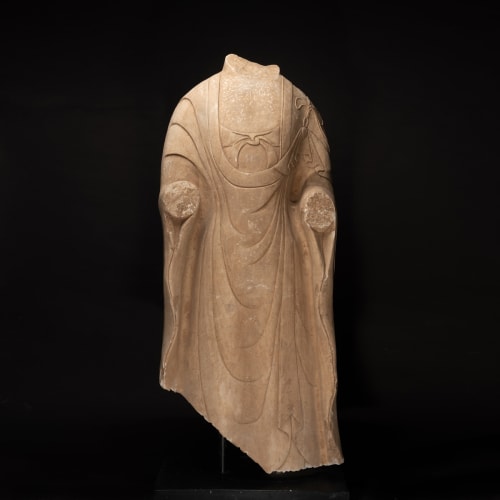Barakat Seoul presents the exhibition Enlightenment and Transcendence from Wednesday, November 21, 2018 to Sunday, March 31, 2019. The Sanskrit word ksana is used to refer to the smallest possible unit of time. In Buddhism, it is said that all things undergo an endless cycle, arising and perishing, perishing and arising all in a single ksana. This exhibition focuses on the Buddhist paradox that during a moment of enlightenment in an instant ksana, all things escape the limiting boundaries of time and space in reach for eternity.
Tracing its beginnings to northeastern India around 5th century B.C.E., Buddhism is based on the teachings of Siddhartha Gautama. Viewing the early morning stars underneath the Bodhi Tree, Siddhartha instantly achieved enlightenment to become Sakyamuni Buddha. Buddhism would go on to extend its influence throughout Asia, establishing itself as the first world religion. Under the basic idea of following Sakyamuni Buddha, the countries of Asia went through a constant process of combining Buddhist culture with their own indigenous cultures, resulting in a diverse array of iconography.
Enlightenment and Transcendence features selected items of Buddhist art from the Barakat collection with a history dating back to over 150 years. Barakat’s Buddhist collection spans over a diverse range of eras and regions, and the works of Buddhist sculpture and thangka in this exhibition represent countries ranging from China to India, Afghanistan, Pakistan, Nepal, and Tibet. The exhibition offers a glimpse at the Buddhist art of Gandhara, which emerged as the first images influenced by Hellenist culture on the Indian subcontinent around the first century C.E.; the Buddhist art of China, which developed into its own independent style amid exchanges with India over the Silk Road; and the beautiful Buddhist art of Tibet, which provides an aid to meditation and cultivation with its delicate and realistic style of representation.
This exhibition will be an excellent opportunity to observe the different regional and historical styles, as well as to ponder over the consistently revealed values — eternity captured within momentary enlightenment. It will be a meaningful occasion for appreciating Buddhist art in historical and esthetic terms while also experiencing it as a way of transcending the finitude of life.
Enlightenment and Transcendence: Seoul
Past exhibition
